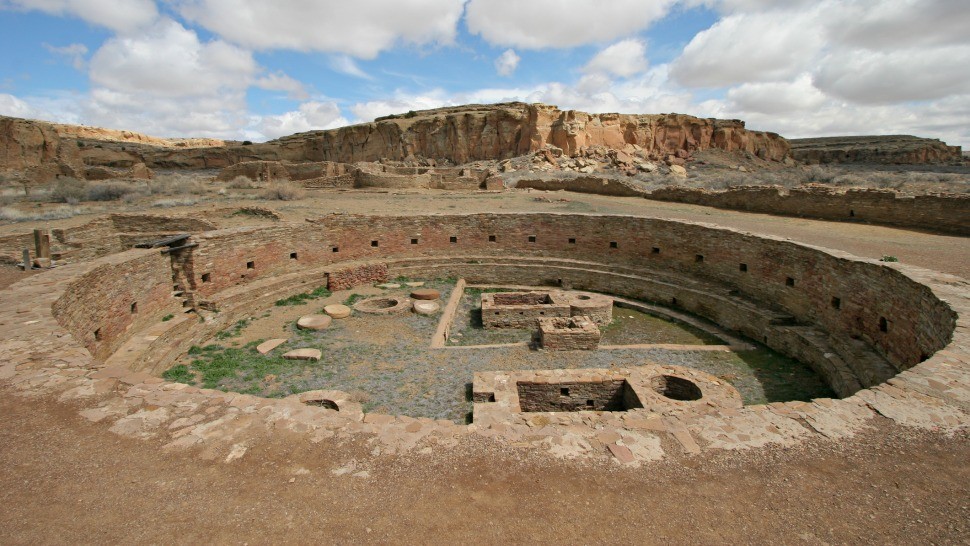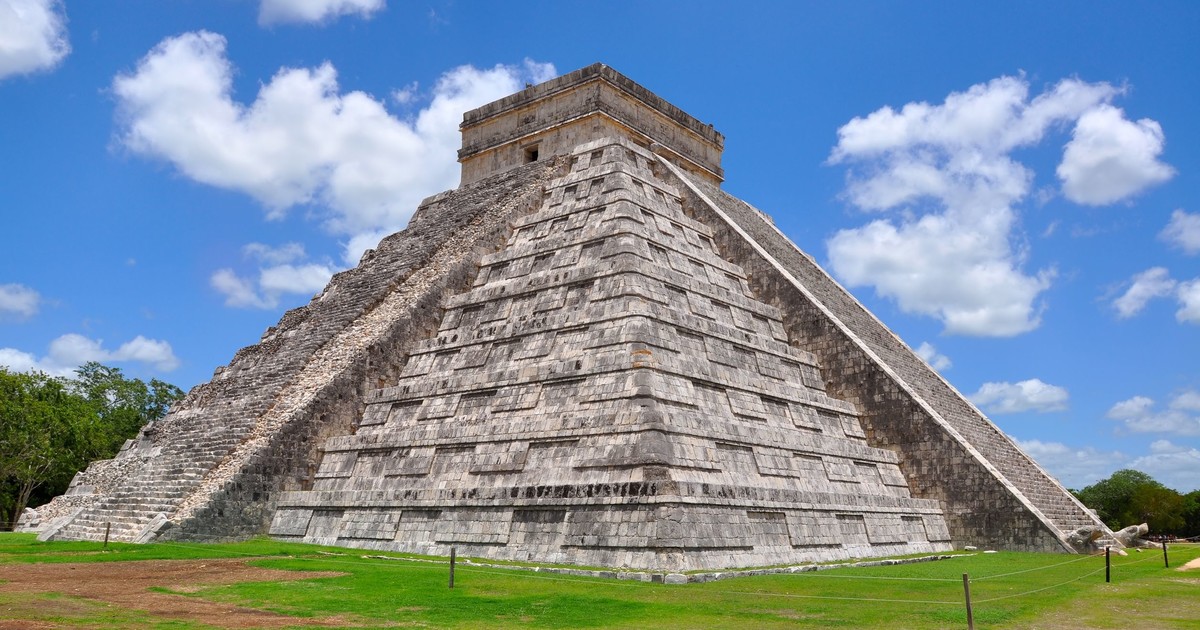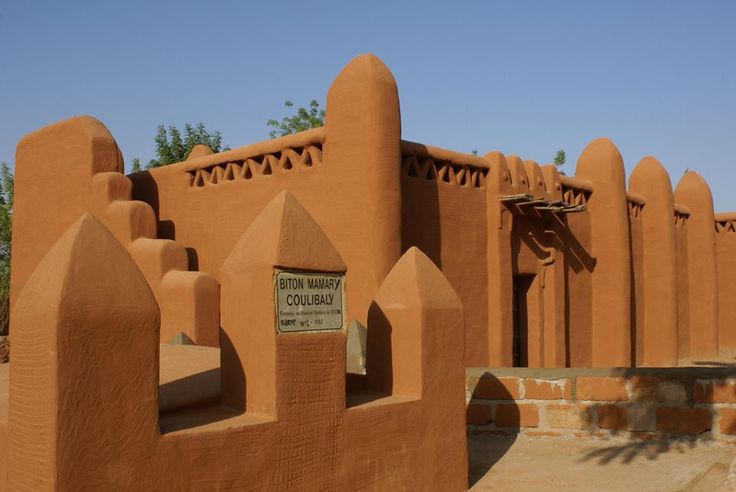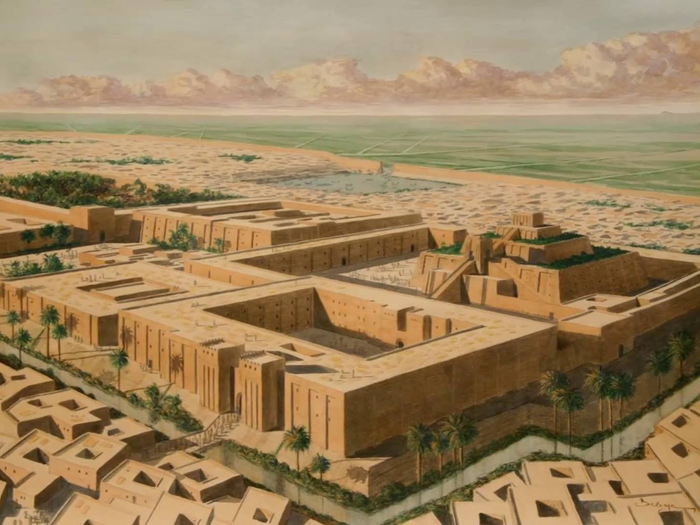Even people who have no interest in archaeology are aware of ancient sites such as the Great Pyramids of Giza in Egypt and Stonehenge in the United Kingdom, but what about the places that have not received as much worldwide attention?
Here we go on a journey to discover the most awe-inspiring archaeological sites in the world and travel from China to the Yucatan Peninsula, from Peru to south-eastern Iraq, and the United States.
Tomb of Qin Shi Huangdi
Located approximately 30km from modern Xian in China, the Tomb of Qin Shi Huangdi contains the remains of China’s first emperor who died in 210 BCE.
From the burial chamber, a pyramid-like tumulus emerges, stretching to a height of 165 feet with a circumference of almost 1 mile.
The large scale of the structure has lead researchers to believe that the mausoleum contains a scale model of the capital city and a nearby abyss contains approximately 8,000 terracotta warriors and horses arranged in battle formation.
Chichén Itzá
Built by the Mayans in roughly 600 AD and located in the heart of the northern Yucatan Peninsula, Chichén Itzá was a strategically built city and ceremonial centre. The Toltecs took control of the ancient metropolis in approximately 987 AD and the city thrived until 1221 when a civil war erupted.
Of the many temples located in the area, perhaps the most impressive is El Castillo, a multi-tiered pyramid with steps that cast the shadow of a slithering serpent during the spring and autumn equinoxes.
Moche
Long before the rise of online pokies, the Moche civilisation thrived along the northern coast of Peru from 100 to 700 AD and a complex system of canals and temples were built.
Of these temples – or huacas as they are known there – the Huaca del Sol and the Huaca de la Luna are the most prominent. The Moche were a combative people who practised human sacrifice and ritualised executions and the ruins have been excavated since the 1900s.
Ziggurat of Ur
Constructed in approximately 2000 BCE, the Ziggurat of Ur is widely believed to be the finest example of Sumerian architecture.
Located near the city of Ur in what is now south-eastern Iraq, the ziggurat was built to celebrate the Moon-God, Nanna, and was rebuilt by many kings the last of which was Nabonidus of Babylon. These ziggurats were a central part of Mesopotamian culture and provided a platform from which people could interact with the gods.
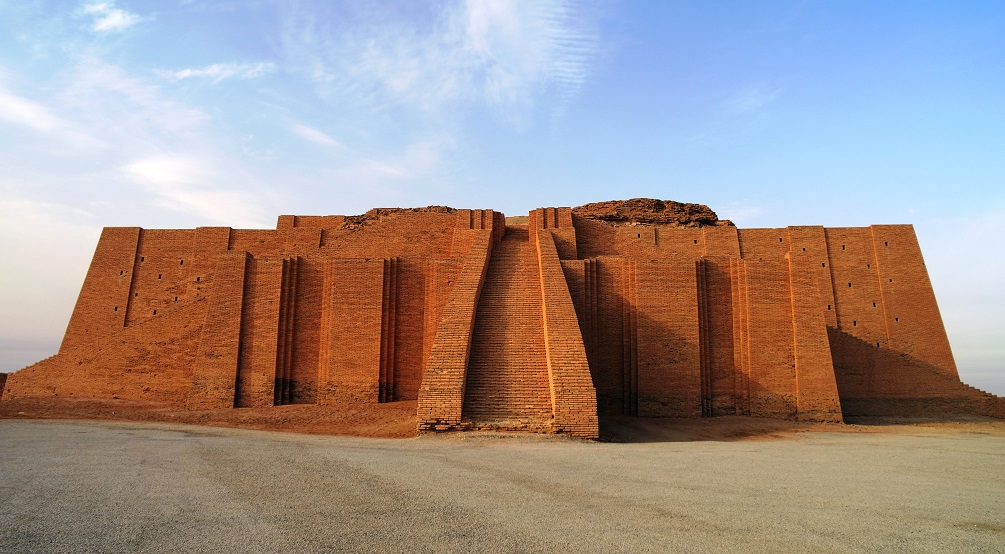
Cliff Palace
Built by the pueblo Indian tribe, Anasazi, approximately 900 years ago, the Cliff Palace was then abandoned roughly 200 years later most likely as the result of a protracted drought in the American Southwest.
Located in the Mesa Verde National Park in Colorado, the ruin contains 150 rooms and 23 kivas – circular sunken ceremonial areas.
Thought to be a place for all residents of the Mesa Verde region, the Anasazi are now believed to have practised a form of ritualised cannibalism, owing to the discovery of human bones with indicatory markings close to the site.
